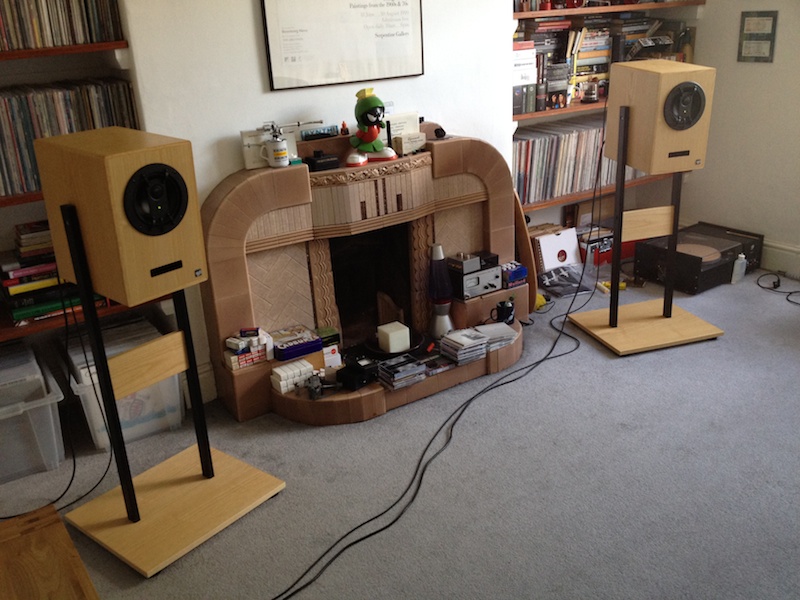gez
pfm Member
Ok fair point. I really had in mind more distortion, intermodulation, noise floor measurements when I posted. I would agree that maybe for some people (actually probably broadly true for a lot of people thinking about it), a frequency response curve measurement probably could be used to somewhat predict if a person would enjoy the music on a system or not. But really only in the most gross terms. Some people love a lot of bass for example, irrespective of if that's accurate in any way they want to hear loud window shaking bass when playing their rock, EDM or rap etc. So a system that had a weak and unextended bass response is highly unlikely to be enjoyable to them. So yes in those terms a measuement could be used to predict enjoyment. But only in a general sense, because there would still be days when they'd listen to their system and get no enjoyment from it because they were tired or just in a bad mood for some reason, it's that pychological state effect that measurements can't account for.Agree and disagree on this
Agree as in some of my gear is technically worse than other gear I've had but I prefer.
Disagree, because measurements can be useful. There was one set of speakers I just couldn't listen to rock music on. If I pumped the volume I'd get ear fatigue, if I reduce the volume there wasn't enough bass slam. I looked up the measurements of the speakers... a big fat 4-5db peak around 4khz. Now I always check speaker measurements for this. Ditto, "head in a vice" speakers, where if you move your head the soundstage falls apart, looking up the measurements could've save me mucking around with badly designed speakers.
"all models are wrong, some are useful". The ASR model is wrong but it can certainly be useful.




